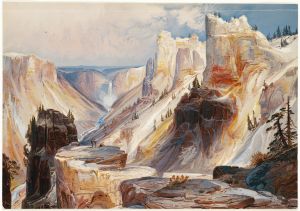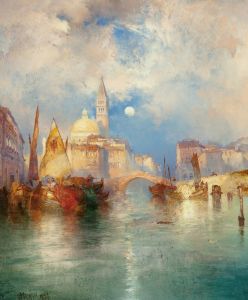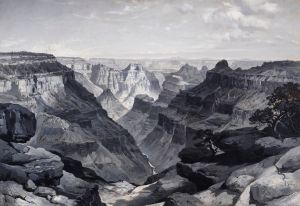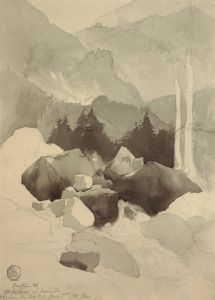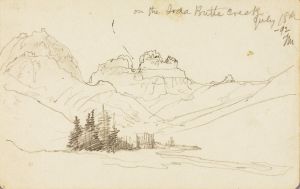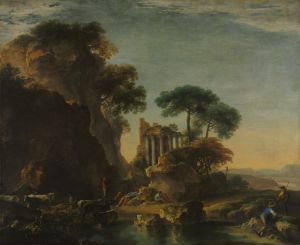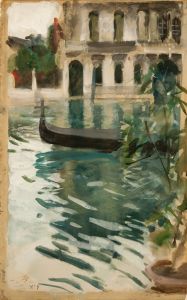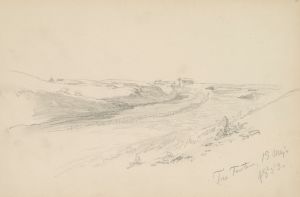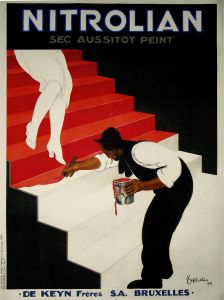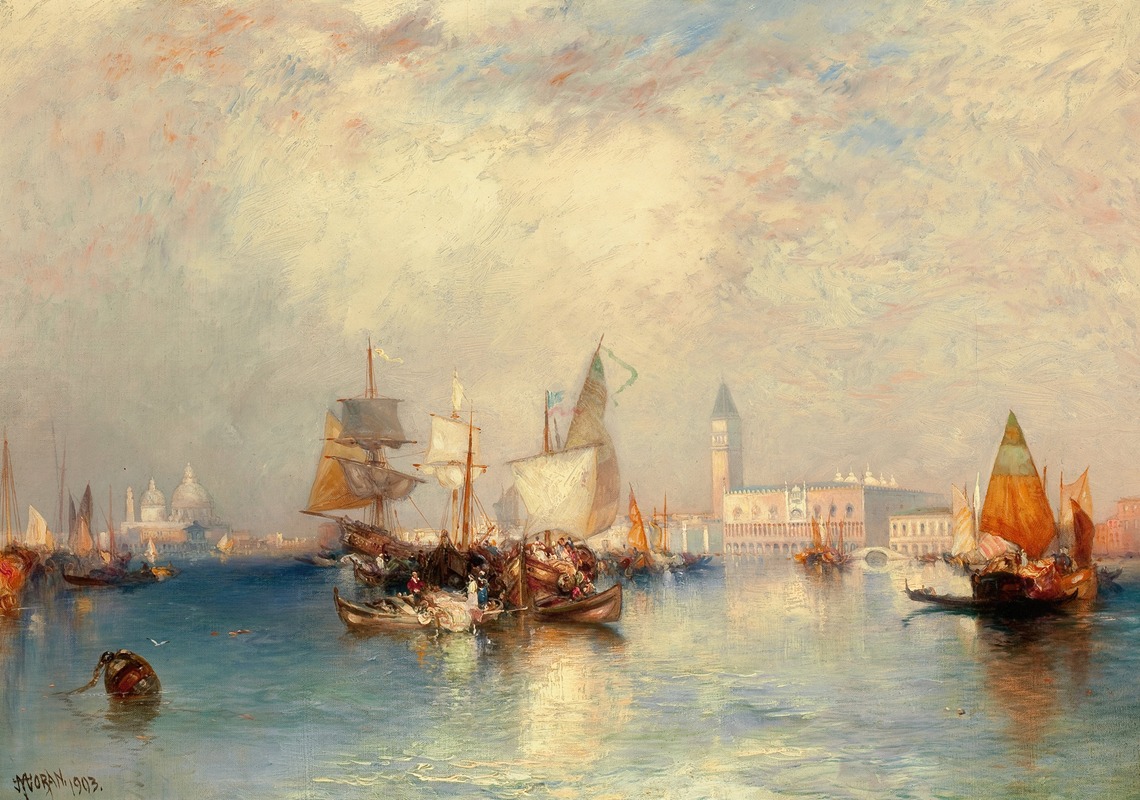
Venice, Grand Canal
A hand-painted replica of Thomas Moran’s masterpiece Venice, Grand Canal, meticulously crafted by professional artists to capture the true essence of the original. Each piece is created with museum-quality canvas and rare mineral pigments, carefully painted by experienced artists with delicate brushstrokes and rich, layered colors to perfectly recreate the texture of the original artwork. Unlike machine-printed reproductions, this hand-painted version brings the painting to life, infused with the artist’s emotions and skill in every stroke. Whether for personal collection or home decoration, it instantly elevates the artistic atmosphere of any space.
"Venice, Grand Canal" is a painting by the American artist Thomas Moran, renowned for his depictions of the American West. However, this particular work diverges from his usual subject matter, focusing instead on the iconic waterways of Venice, Italy. Moran, born in 1837 in Bolton, England, immigrated to the United States with his family as a child and became one of the prominent figures in the Hudson River School, a group of landscape painters known for their romantic portrayal of the American landscape.
Thomas Moran's interest in Venice was part of a broader trend among 19th-century artists who were captivated by the city's unique beauty and historical significance. Venice, with its intricate network of canals, stunning architecture, and rich cultural heritage, offered a wealth of inspiration. The Grand Canal, in particular, is one of the most famous and picturesque waterways in the world, often referred to as the "main street" of Venice. It is lined with magnificent buildings, many of which date back to the 13th to 18th centuries, showcasing a variety of architectural styles, including Gothic, Renaissance, and Baroque.
In "Venice, Grand Canal," Moran captures the essence of this iconic location. His use of light and color reflects the influence of both the Hudson River School and the Luminism movement, which emphasized the effects of light and atmosphere in landscape painting. Moran's technique often involved meticulous attention to detail and a vibrant palette, which he employed to convey the shimmering reflections on the water and the intricate facades of the Venetian buildings.
The painting is a testament to Moran's skill in rendering not only the physical beauty of a place but also its mood and atmosphere. The Grand Canal, bustling with gondolas and surrounded by historic architecture, is depicted with a sense of tranquility and timelessness. Moran's work often evokes a sense of awe and appreciation for the natural and man-made wonders of the world, and "Venice, Grand Canal" is no exception.
Thomas Moran's travels to Europe, including Venice, were instrumental in broadening his artistic horizons. These journeys allowed him to study the works of European masters and to experience firsthand the landscapes and cityscapes that had inspired artists for centuries. His European works, including "Venice, Grand Canal," demonstrate his ability to adapt his style to different subjects while maintaining the distinctive qualities that made his American landscapes so admired.
Today, Thomas Moran is celebrated as one of America's great landscape painters, and his works are held in numerous prestigious collections, including the Smithsonian American Art Museum and the National Gallery of Art. "Venice, Grand Canal" remains a significant piece within his oeuvre, illustrating his versatility and the universal appeal of Venice as a subject for artists around the world.







